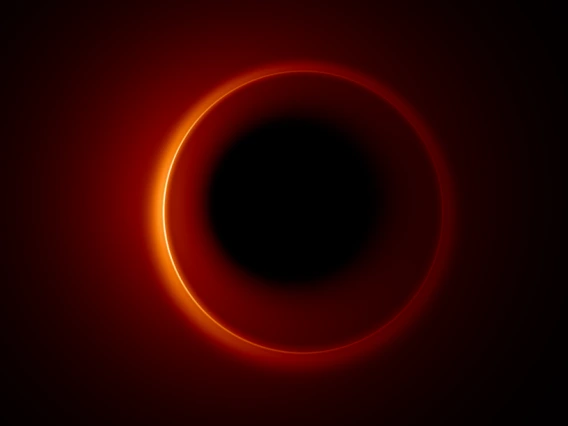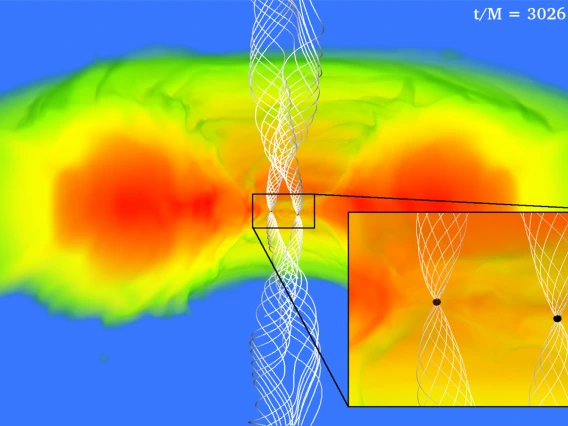Gravity Initiative
The TAP Gravity Initiative brings together researchers from astronomy and physics to study the fundamental laws of gravity and their manifestation in the observable universe, primarily in the extreme environments of black holes and neutron stars. Our members perform theoretical, computational, and observational studies of these extreme physical systems.
Join the Gravity Mailing List
For meeting times and locations contact Gravity Initiative Leads Sam Gralla and Vasilis Paschalidis.
Upcoming Gravity Initiative Lectures
TAP Gravity Initiative Lectures are scheduled for the Spring semester.
Check back in January for the Upcoming Guest Speaker!
Affiliated Research Groups

Samuel E. Gralla Research
Sam is a theorist working in gravitational physics and relativistic astrophysics. He is particularly interested in the regime where gravity and/or electromagnetism are strong (dominating the dynamics), which hosts interesting theoretical questions and abundant astronomical mysteries. (He believes the two are related!) How do pulsars work? How can we observe black holes? In general, his goals are to better understand the laws of nature at strong field, and to explain or predict the behavior of strong-field objects.

Vasilis Paschalidis Research
Vasilis' research spans a range of topics in gravitational physics and theoretical astrophysics. The ultimate goal of his work is to understand strong field gravitation and solve long-standing astrophysical puzzles such as the nature of the progenitors of short gamma-ray bursts, the origin of X-shaped radio galaxies, the nature of the equation of state at and above the nuclear saturation densities, and the way through which planets may form around isolated pulsars, to name a few. He is interested in studying compact objects as multimessenger sources, i.e., as sources of gravitational wave, electromagnetic and neutrino signals. For this reason, compact object binaries, such as black hole-black hole (BHBH), neutron star-neutron star (NSNS), black hole-neutron star (BHNS) , and white dwarf-neutron star (WDNS) systems are a major theme of his research.




